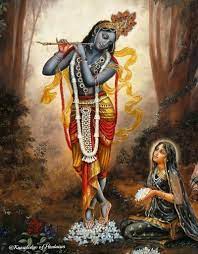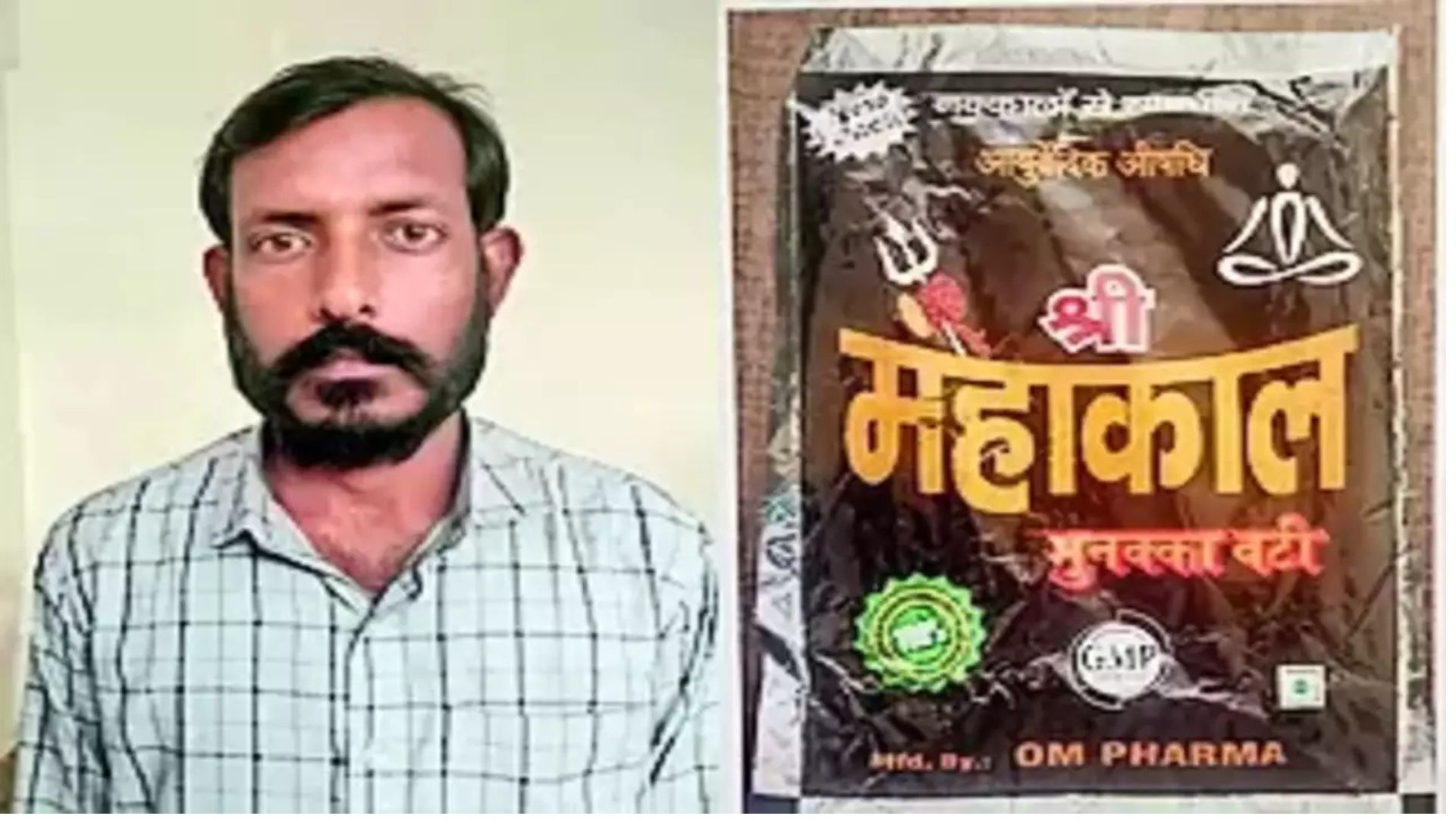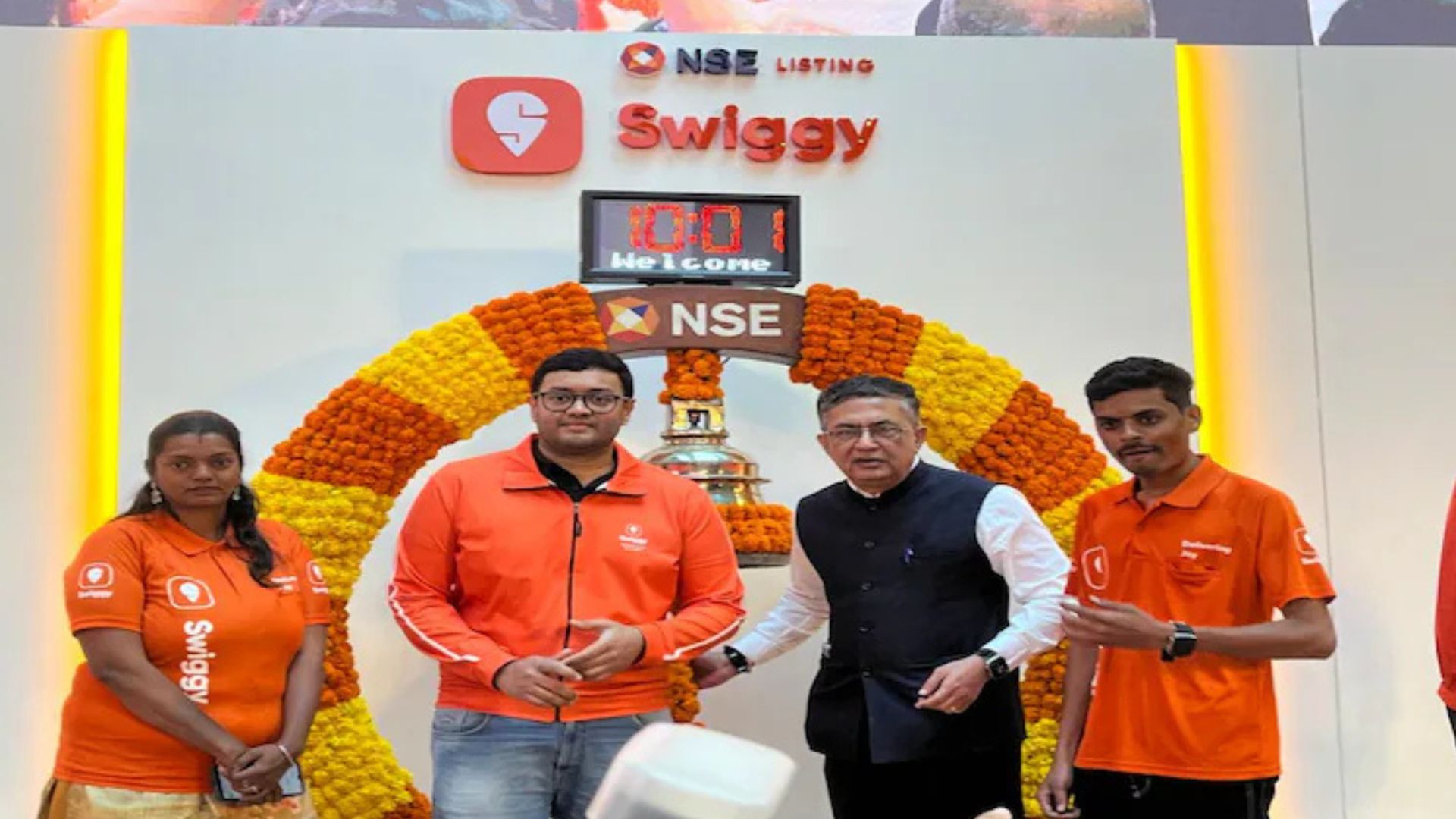
Being the Seen, not the Seer –Drsta nahe drsya haiya sevakera karya
It is mentioned in Sri Hari-bhakti-sudhodaya (13.2):
aksnoh phalam tvadrsa-darsanam hi
tanoh phalam tvadrsa-gatra-sangah
jihva-phalam tvadrsa-kirtanam hi
sudurlabha bhagavata hi loke
Devotees of Bhagavan are extremely rare in this world. Therefore the perfection of the eyes is to see them, the perfection of the body is to touch them and the perfection of the tongue is to glorify them.
In this verse, a fortunate person who has been blessed by darsana of a bhagavad-bhakta is overwhelmed with bliss. He says, “To have the darsana of a Vaisnava is indeed the perfection of the eyes, to touch him is the perfection of the body and to glorify him is the perfection of the tongue, because in this world such bhagavad-bhaktas are extremely rare.”
Such a statement has been delivered at the lotus feet of a Vaisnava by a servant who has received his mercy and been overwhelmed by gratitude for him. Unless a Vaisnava bestows his mercy upon us and reveals his svarupa, there is no possibility of us knowing and understanding him. When the Vaisnava mercifully reveals his svarupa, the jiva remembers his previous mundane, sensual, worldly perception of that Vaisnava and he naturally feels a deep anguish in his heart. That specific form of the Vaisnava, who is devoted to the service of Bhagavan, attracts him to such an extent that as soon as a previous mundane conception of the Vaisnava appears on the path of his memory he feels disgusted by it.
It is stated in the above verse, aksnoh phalam tvadrsadarsanam hi – the perfection of the eyes is to have darsana of a Vaisnava. In such darsana the mood to render service under that Vaisnava’s guidance is indeed expressed. Vaisnavas do not know anyone apart from Sri Bhagavan. In turn, the vaisnava-sevaka does not know anything apart from rendering service according to the directions of the Vaisnavas.
This sevana-dharma (service attitude) of the servant is not aimed at attaining personal enjoyment through acts of seeing and touching the Vaisnava. Bhagavan and Bhagavan’s devotees only accept our true nature (svarupa), which is devoted to service. They never accept our mundane nature, which is devoid of service.
Bhagavan is not a mundane entity (prakrta-vastu). Similarly, the pure soul (suddha jivatma) is also not a mundane entity. In his pure state, the jivatma is naturally devoted to service that pleases Bhagavan. The intense eagerness for the darsana of Bhagavan that is observed in him is solely due to his eagerness to render service to Bhagavan. The perfection of the sevaka’s feet in visiting the dhama of Bhagavan is manifest in order to attain service to Bhagavan. He cleans the temple of Visnu with his hands, thus enhancing Bhagavan’s pleasure. The sevaka’s two eyes become blessed by collecting all types of beautiful objects solely for the service of Bhagavan. With the help of his nose, the sevaka is led to gather various fragrant objects to assist in satisfying Bhagavan. With his tongue, the sevaka performs the kirtana of Bhagavan’s name, form, qualities and pastimes, thus enhancing His bliss.
Besides this, he offers extremely tasteful food to Bhagavan, having examined them with his tongue. The sevaka (the servant) has a spiritual body so that the sevya (the object of his service), Sri Bhagavan, can experience the pleasure of touch from that sevaka. The Vaisnavas of the Sri sampradaya are devoted to the conception of vidhi-marga, or regulated devotional service, and cannot embrace the purport of all this in their hearts. However, in comparison, the more qualified service of the Gaudiya Vaisnavas, who are devoted to the path of raga, or deep attachment, yields the highest extent of perfection in all the senses by this method alone.
“The Attitude of a Servant: Being the Seen, not the Seer.” This means that one should not consider himself he who sees Bhagavan. A person should never hurry to have darsana of Bhagavan with the aim of personal enjoyment. When a person has kama, the desire to please his own senses, then the door to the transcendental abode of Bhagavan closes to him. And when mundane endeavours for personal enjoyment and false renunciation have been completely eliminated from a heart that has been illuminated by exclusive surrender to Krsna (krsnaika saranata), then the servant’s sole disposition will be to render service exclusively for the pleasure of Bhagavan.
The transcendental gopis of Vraja dress solely for the pleasure of Krsna. Phalgutva, to falsely renounce that which pleases Krsna, can never result in finding a place in their hearts. Their obsession for Krsna is solely to render service to Him. Their act of looking at Krsna’s lotus face without blinking their eyes is also solely to enhance His bliss. When Krsna sees that the gopis are looking at Him, He becomes delighted. Because they are aware of this, the gopis are exclusively intent on attaining darsana of Him. When they look at Krsna, it is not with the intention of personal enjoyment through being the seers. In other words, it is they who become visible to Krsna; they become the objects seen by Him. Solely to give Krsna bliss, they ‘show’ Him their nature (svarupa), which is completely devoted to serving Him. Here the act of ‘showing’ does not express their ego, but indicates the excellence of their service.
Thousands and thousands of pilgrims visit holy places in order to have darsana of Bhagavan. Although most think that they received His darsana, they are actually still an unlimited distance from receiving it. When one has actually attained darsana of Bhagavan, he is unable to utter statements like, “The deity is made of wood”, “The deity is made of stone”, “The deity is made of clay” and “Jagannatha has no hands or legs”.
The act of these pilgrims’ ‘seeing’ is saturated with the spirit of personal enjoyment, which is not the spirit of a servant of Bhagavan. The afore mentioned expressions show that the very act of ‘seeing’ Bhagavan is itself covering and barring their vision. Many have lost the path by which they can have darsana of Bhagavan due to being covered by the darkness of the spirit of personal enjoyment, which is darker than the new moon night. Therefore, with their deliverance in mind, my sri gurupada-padma, Srila Prabhupada, has cautioned:
Do not go to see Lord Jagannatha with a spirit of personal enjoyment, which is born of aversion for Him and which is prevalent in this world. Enter the temple of Sri Jagadisa carrying the necessary ingredients – that is, a service attitude that delights Lord Jagannatha.
Always keep in mind that the act of ‘seeing’ Jagannatha with mundane eyes is not how a servant sees Him. The servant’s disposition is to show Him the nature (svarupa) of his service attitude – in other words, to become the seen. It means to come within His sight in such a way that delights the worshipful Bhagavan. The servant’s attitude is not to derive personal pleasure by seeing Bhagavan. Rather, brilliantly situated within the servant’s heart is the attitude, “Bhagavan will be delighted by seeing me.”
The author is Iskcon,Inc Communication Director and SM IT head















